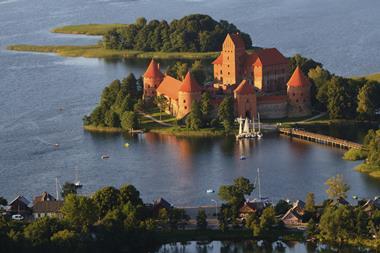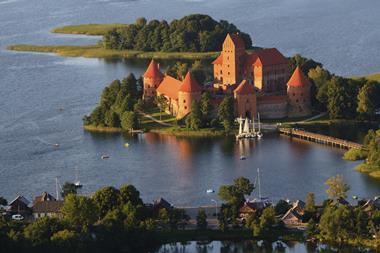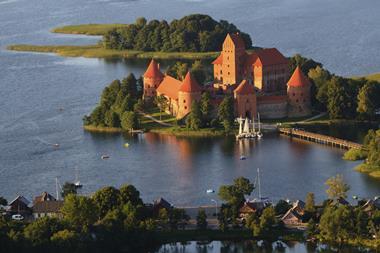The six-month year-to-date nominal returns for the voluntary second-pillar pension system averaged minus 0.10%, according to the Bank of Lithuania (BoL), the country’s pension regulator.
This marked a significant deterioration compared with the 4.7% generated 12 months earlier but was an improvement on the first quarter’s return of minus 0.18%.
The best results as of the end of June were generated by the six conservative bond funds, at 0.77%, followed by the four low-risk funds with 25-30% equity investment (minus 0.01%), the seven medium-risk funds with equity limits of 50-70% (minus 0.02%), and the four high-risk funds, with up to 100% invested in equities (minus 1.32%).
This is a reversal of last year’s trend when high equity levels generated the best results.
Despite what BoL termed this year’s “erratic” markets, however, 11 of the 21 funds – all the conservative ones, two low-risk and three medium-risk structures – managed to produce positive returns.
Audrius Šilgalis, chief specialist of BoL’s financial services and market analysis division, noted on the Bank’s website: “Good pension fund performance for the second quarter, even after the Brexit referendum, which shocked financial markets, offset the influence of negative trends that prevailed at the beginning of the year.”
Second-pillar assets grew by 9.9% to €2,246m and membership by 4.2% to 1.19m.
The asset growth was boosted by this year’s increase in the additional members’ and state budget contribution rates from 1% to 2%.
These accounted, respectively, for 22.6% and 24.6% of the €128.3m asset increase since the end of 2015.
Returns for the substantially smaller third pillar showed a similar pattern to that of the second, with the average plunging from 6.06% as of the end of June 2015 to minus 1.22% by the end of the following March, then recovering to minus 0.02% three months later.
The conservative funds averaged 2.3%, with all three in positive territory.
While the four medium-risk funds averaged minus 0.72% and the five high-risk plans minus 0.83%, one fund in each category managed to buck the trend.
The number of members increased year on year by 10.3% to 48,951, while assets grew by 23.4% to €66.1m because of higher contributions from participants.












No comments yet